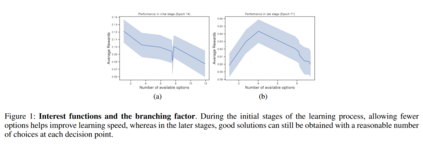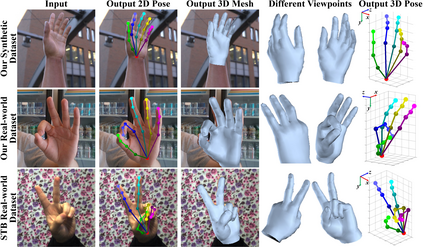In this paper, an end-to-end based LSTM scheme is proposed to address the problem of volcano event localization without any a priori model relating phase picking with localization estimation. It is worth emphasizing that automatic phase picking in volcano signals is highly inaccurate because of the short distances between the event epicenters and the seismograph stations. LSTM was chosen due to its capability to capture the dynamics of time varying signals, and to remove or add information within the memory cell state and model long-term dependencies. A brief insight into LSTM is also discussed here. The results presented in this paper show that the LSTM based architecture provided a success rate, i.e., an error smaller than 1.0Km, equal to 48.5%, which in turn is dramatically superior to the one delivered by automatic phase picking. Moreover, the proposed end-to-end LSTM based method gave a success rate 18% higher than CNN.
翻译:本文建议采用基于端到端的LSTM计划,以解决火山事件定位问题,而没有先验模式,与局部化估计相选择。值得强调的是,由于事件中心与地震台之间的距离很短,在火山信号中自动筛选高度不准确。LSTM之所以被选中,是因为它能够捕捉不同时间信号的动态,在记忆细胞状态和长期依赖性模型中删除或添加信息。本文也讨论了对LSTM的简要了解。本文介绍的结果显示,基于LSTM的建筑提供了成功率,即小于1.0Km的错误,等于48.5%,这反过来又大大优于自动选择阶段的错误。此外,拟议的端到端LSTM方法的成功率比CNN高出18%。




















![[综述]深度学习下的场景文本检测与识别](https://cdn.zhuanzhi.ai/vfiles/76a7a15e29be480a8f107d12bde1bc6d!cover)














